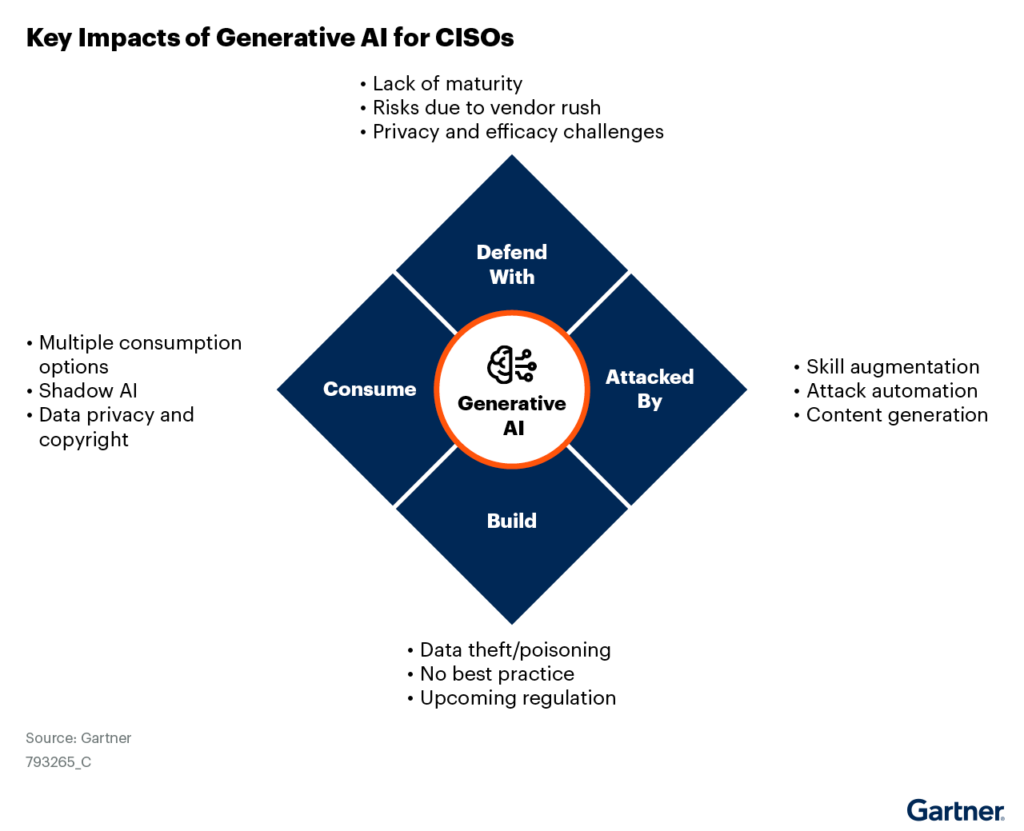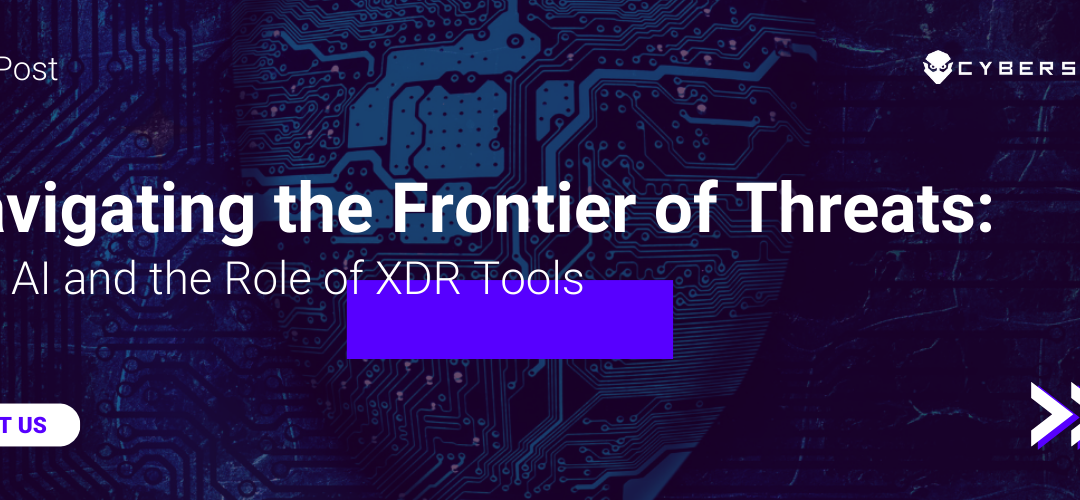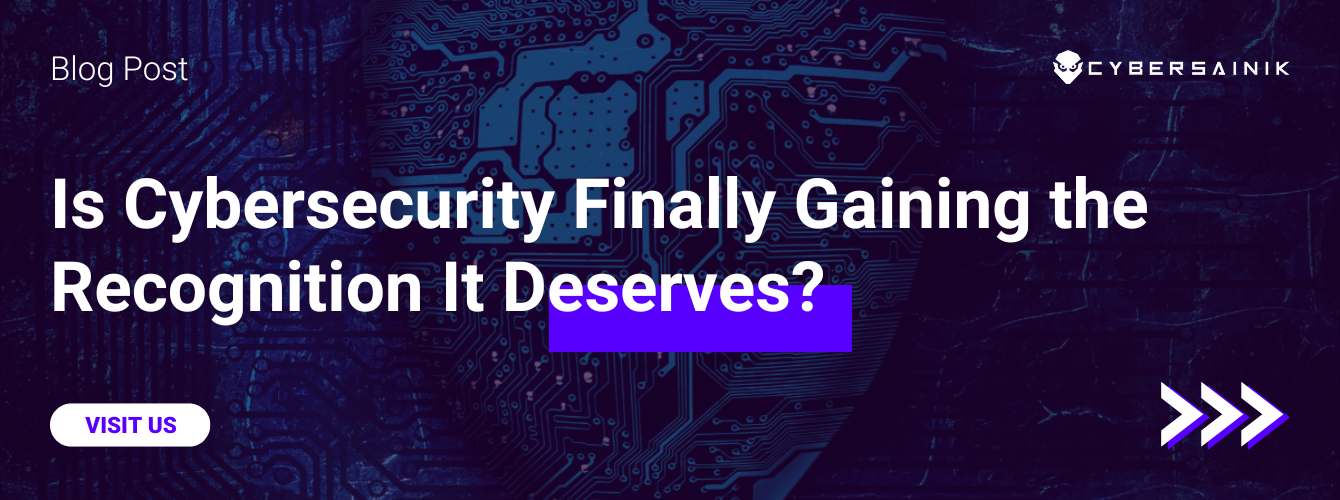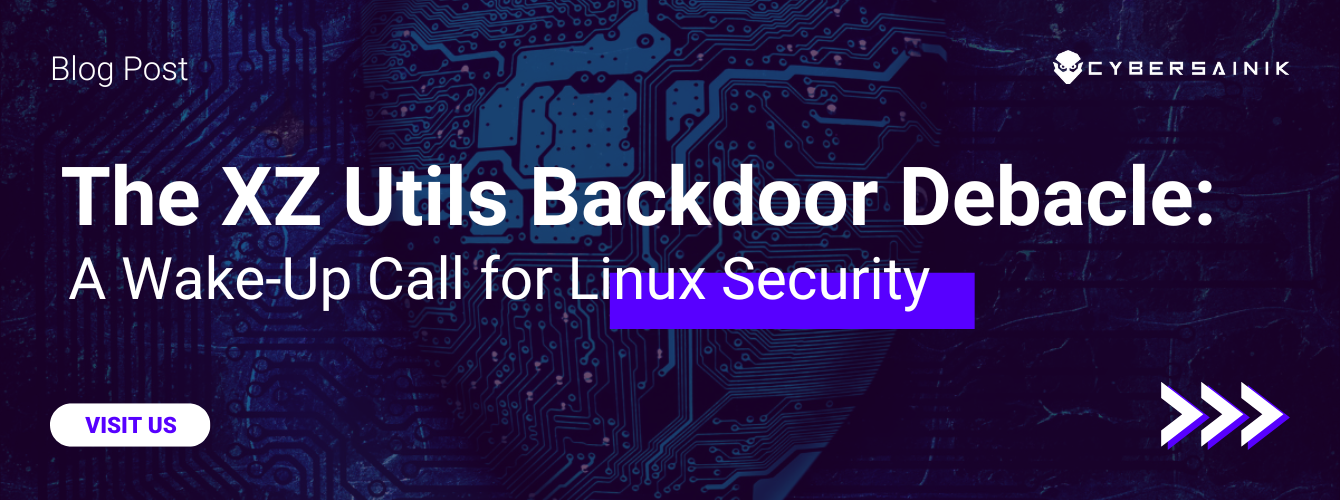In the ever-evolving landscape of cybersecurity, a new player has emerged, introducing both promising and perils. Generative AI (Gen AI) is a groundbreaking technology that, while offering incredible potential for productivity and automation, also presents a novel set of security challenges. In this article, we will explore the theorized threats associated with Gen AI and demonstrate how Extended Detection and Response (XDR) tools can play a pivotal role in combating these threats.
The Power of Gen AI
Generative AI, particularly in the form of Large Language Models (LLMs), has revolutionized various industries. Its capability to generate human-like text and content quickly has been a boom for productivity and creativity. However, as with any groundbreaking technology, it has caught the attention of both cyber professionals who seek, and cyber adversaries, who seek to exploit its capabilities for malicious purposes.
Gen AI has brought forth several theorized threats, including:
Additionally, the report highlights rapidly developing threats occurring on the attacker side of GenAI:
- Upskilling: “GenAI lowers the training required to write credible lure, and syntactically correct code and scripts.” (“Figure 4: Main Use Cases for Offensive Generative AI.”)
- Automation: “Chaining tasks, providing recipes, and integrating with external resources to achieve higher-level tasks.” (“Figure 4: Main Use Cases for Offensive Generative AI.”)
- Scalability: “As a consequence of more automated content generation, attackers can rapidly develop useful content for most stages of the kill chain, or discover more vulnerabilities.” (“Figure 4: Main Use Cases for Offensive Generative AI.”)
- Plausibility: “GenAI applications can help discover and curate content from multiple sources to increase the trustworthiness of a lure and other fraudulent content (e.g., brand impersonation).” (“Figure 4: Main Use Cases for Offensive Generative AI.”)
- Impersonation: “GenAI can create more realistic human voice/video (deepfakes) that appear to be from a trusted source and could undermine identity verification and voice biometrics.” (“Figure 4: Main Use Cases for Offensive Generative AI.”)
- Polymorphism: “GenAI can be used to develop multivarious attacks, which will be harder to detect than repacking polymorphism.” (“Figure 4: Main Use Cases for Offensive Generative AI.”)
- Autonomy: “Using LLM as a controller to achieve a higher level of autonomous local action decision or more automated command and control interactions (as the server component would leverage GenAI).” (“Figure 4: Main Use Cases for Offensive Generative AI.”)
- Novel attack types: “The worst-possible security threat from GenAI would be large-scale discovery of entirely new attack classes. Although the security industry will use this scenario to instill fear, there is no evidence that this has greater likelihood than discovery by human threat actors.” (“Figure 4: Main Use Cases for Offensive Generative AI.”)
Further outlining:
“Prompt injection” is an adversarial prompting technique. It describes the ability to insert hidden instructions or context in the application’s conversational or system prompt interfaces, or in the generated outputs.” (“Figure 4: Main Use Cases for Offensive Generative AI.”)

Gartner, 4 Ways Generative AI Will Impact CISOs and Their Teams by Jeremy D’Hoinne, Avivah Litan, & Peter Firstbrook, June 29, 2023. GARTNER is a registered trademark and service mark of Gartner, Inc. and/or its affiliates in the U.S. and internationally and is used herein with permission. All rights reserved.
This graphic was published by Gartner, Inc. as part of a larger research document and should be evaluated in the context of the entire document. The Gartner document is available upon request from Gartner® 4 Ways GenAI Will Impact CISOs & Their Teams | Cyber Sainik
The Role of XDR
XDR, or Extended Detection and Response, is an integrated approach to cybersecurity that unifies various security tools and data sources to provide comprehensive threat detection and response. All of which is outlined in our article Goals When Bringing XDR into the Market: What’s the Future Outlook? (cybersainik.com)
Gartner, 4 Ways Generative AI Will Impact CISOs and Their Teams by Jeremy D’Hoinne, Avivah Litan, & Peter Firstbrook, June 29, 2023. GARTNER is a registered trademark and service mark of Gartner, Inc. and/or its affiliates in the U.S. and internationally and is used herein with permission. All rights reserved.
Preparing for the Gen AI Era
As Gen AI continues to advance, the security landscape must adapt to this new era of threats. Organizations must invest in robust XDR solutions to counter the potential adversarial use of Gen AI. However, it is essential to remember that Gen AI is also a tool for defenders. Security researchers and professionals are using it to understand these threats better and develop defenses
It is crucial for organizations to implement a multi-layered security strategy that combines the power of Gen AI for defense and XDR tools to protect against its potential misuse. In this dynamic cybersecurity environment, proactive and adaptive approaches will be the key to staying ahead of emerging threats.
Contact Us
In a World of rapid change and evolving threats, staying ahead is paramount. At Cyber Sainik, we lead the charge in cybersecurity, equipped with top-notch professionals dedicated to keeping you secure. Explore our website and book a consultation to discover the power of AI technology and how it is being utilized in our innovative XDR solution.




